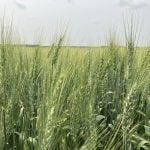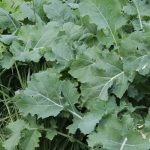
Tag Archives Forages

Benefits to farmers of testing forage seed
The benefits of testing forage seed can be long-lasting

Rye silage: From the field to feedlot
Nutrition: Evaluating how barley silage and rye silage compare in feed quality

Drought preparation is better than reaction
News Roundup from the June 2025 issue of Canadian Cattlemen

Evaluating forage performance in different environments
Research on the Record with Reynold Bergen

Reintroducing fire to Saskatchewan pastures
Prescribed burns can be effective at revitalizing native grasslands when done right

VIDEO: Doing the math on cattle grazing
Depth of Field with Kelly Sidoryk

Five things to consider when selecting alfalfa varieties
Research shows penny-pinching doesn’t pay off

No recipe, only guidelines, to cover crops
There are many factors to consider when growing cover crops

The sky’s the limit with Ducks Unlimited drone seeding program
Seeding forages into marginal areas has benefits for the farmer, the land and local wildlife

Icebergs and native forages: What you can’t see can sink you
Research On the Record with Reynold Bergen



